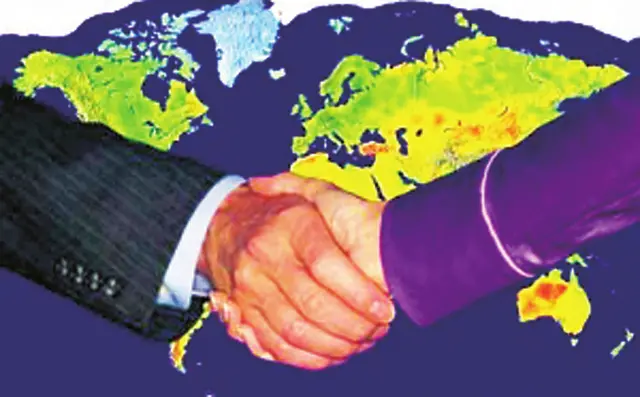River systems around the world are coursing with over-the-counter and prescription drug waste harmful to the environment, researchers said Tuesday.
On current trends, the amount of pharmaceutical effluence leaching into waterways could increase by two-thirds before mid-century, they told a major science conference in Vienna.
"A large part of the freshwater ecosystems is potentially endangered by the high concentration of pharmaceuticals," said Francesco Bregoli, a researcher at the Delft Institute for Water Education in the Netherlands, and leader of an international team that developed a method for tracking drug pollution "hotspots".
A large number of drugs found in the environment – analgesics, antibiotics, anti-platelet agents, hormones, psychiatric drugs, anti-histamines – have been detected in nature at levels dangerous for wildlife.
Endocrine disruptors, for examples, have notoriously induced sex changes in fish and amphibians.
A large number of drugs found in the environment have been detected in nature at levels dangerous for wildlife.
Bregoli and his team used a common anti-inflammation drug, diclofenac, as a proxy, or stand-in, to estimate the presence and likely spread of other medications throughout freshwater ecosystems.
Both the European Union and the US Environmental Protection Agency have identified the drug as an environmental threat.
Veterinary use of diclofenac, for example, has driven a sub-species of vultures on the Indian subcontinent to the brink of extinction.
More than 10,000 kilometers of rivers around the globe have concentrations of the drug in excess of the EU "watch list" limit of 100 nanograms per liter, the new research found.
"Diclofenac emissions are similar to any of thousands of pharmaceuticals and personal care products," said Bregoli, who presented his findings at the annual meeting of the European Geosciences Union.
Global consumption of diclofenac tops 2,400 tons per year. Several hundred tons remain in human waste, and only a small fraction – some seven percent – of that is filtered out by treatment facilities.
Another 20 percent is absorbed by natural ecosystems, and the rest find its way to the oceans.
Unintended consequences
Bregoli and his team developed a computer model to predict current and future levels of pharma pollution based on criteria such as population densities, sewage systems, and drugs sales.
To test the model's predictive power, they compared the results to data gathered from some 1,400 spot measurements of diclofenac toxicity taken from different locations around the world.
It was a good match, though most of the data points, Bregoli noted, were in Europe and North America.
Pollution levels are likely to be substantially higher in much of Latin America, Africa and Asia where – on average – less than a quarter of waste water is treated, and even then with technology unable to filter out most pharmaceuticals.
Technology alone cannot solve the problem, said Bregoli, who is preparing his findings for publication.
"We need a substantial reduction in consumption," he told AFP.
In other research presented at the conference, scientists found that the rapid expansion of sewage systems in large urban areas has sharply increased river pollution, because much of the effluence is not adequately treated.
"In 2000, sewage was a source of pollution in about 50 percent of the rivers in the world," said Maryna Strokal, a scientist at Wageningen University & Research, in the Netherlands.
"By 2010, sewage was a source of pollution in almost all rivers worldwide."
Antibiotics and chemicals waste is also driving the evolution of drug-resistant bacteria, UN Environment warned in a study in December.
Between 70 and 80 percent of all antibiotics consumed by humans and farm animals – totaling thousands of tons – find their way into natural environments, the UN agency said in a report.
(AFP)
 简体中文
简体中文

